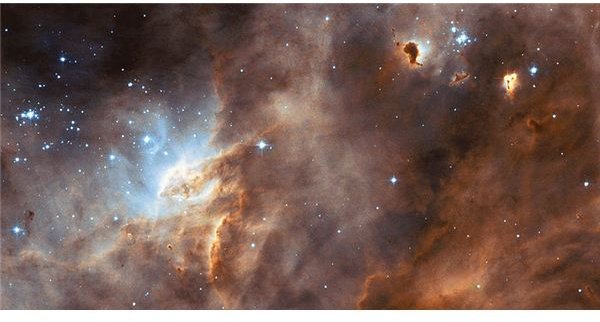Star Formation Steps: From Star Formation to Galaxy Formation
Star Formation
Stars are the most numerous objects in the sky. But, they are a part of galaxies. Galaxies are clusters of stars that usually have a definite geometrical shape with various forms of luminosity and spiral arms. A star is a bright spherical object, but a galaxy has geometry.
Stars are formed by nebula, which is a cloud of dust and gas out in space, though an extremely large one, but still just a dust and gas cloud. As the gas and dust coalesce, they form solid matter which continues to grow more massively. At this stage you have a protostar. The time that it takes for this event to occur can be in the range of several hundred thousand years.
Over time, however, as more matter begins to accumulate, you will have a bright object forming into a T Tauri star. This young star has variable luminosity and will have a mass from .5 to 2.5 solar masses. This is an unstable star because it has not reached critical mass where it can start it’s own nuclear fusion. (Nuclear fusion is the process where two or more atoms merge together and create a different atom releasing tremendous energy. The hydrogen bomb is a fusion based nuclear explosion. The nuclear bombs used at Hiroshima and Nagasaki were fission based - like a cue ball hitting a collection of pool balls - they spread apart.)
The Life Cycle of a Star
Stars have a life cycle. After they pass from the T Taurus formation period, the enter the main sequence.

Image Source: https://en.wikipedia.org/wiki/File:TTauriStarDrawing.jpg
The proto star enters the main sequence cycle.
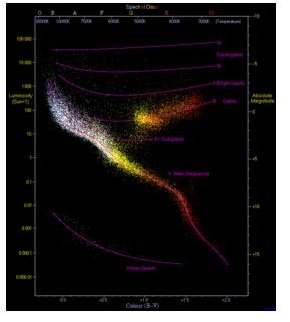
HR-Diagram: https://en.wikipedia.org/wiki/File:HRDiagram.png
The main sequence as shown by the image above is a band of stars that is continuous and distinctive. On the Hertzsprung-Russell diagram it appears on plots of stellar color versus brightness.
After a star has formed, it continues to operate at a high energy level through the use of nuclear fusion where hydrogen atoms fuse into helium. During this stage of the star’s lifetime, it is located along the main sequence primarily by its mass.
One of the main characteristics of main sequence stars is that they are in hydrostatic equilibrium where outward thermal pressure (heat from the hot core) is balanced by by gravitational pressure accumulating from the outer gaseous layers of the star.
Once a star begins its fusion reactions, the star may live for millions of years. It can take different directions depending on the amount of initial mass when it became a star.
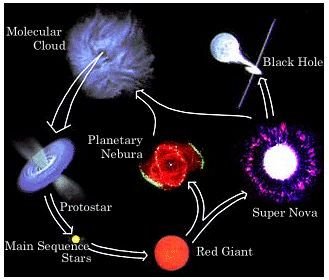
Star Life Cycle: www.ir.isas.jaxa.jp/ASTRO-F/Outreach/seika_e.html
So, depending on its mass, a star could evolve into a Red Giant then either a SuperNova (explode), collapse into a black hole or dissipate into a nebula.

From Star Formation to Galaxy Formation
Once a star is formed from the nebula neighborhood, chances are very good that other stars will likewise form. Once the fusion reactions kick in, then in a typical star the enormous gravitational effects also kick in. Simply put, stars are not isolated, they manage to get together with other stars. When you have millions of stars behaving that way, you will have a galaxy.
One may ask, if that were so, why is the Sun the only star in the viewable neighborhood? The answer is distance. The distances in the Universe are immense. For example, the nearest star is Proxima Centauri, and that is 4.22 light years from our Sun. A light year is the distance light travels in one year, and that is about six trillion miles. So Proxima Centauri is about 25 trillion miles from our Sun.
The Structure of Galaxies
Galaxies are large collections of stars. Our solar system is in the galaxy called the Milky Way. The inherent size of a galaxy is typically stunning with a diameter approximately 100,000 light years or larger, and several billions of stars. Many galaxies have spiral arms that have stars. Between the spiral arms there will be vast empty areas but there will also be stars; or at least not concentrated sections. Other spirals will have empty areas but, will still be filled with many stars. There is not one prototypical type of galaxy, They can assume many different forms.
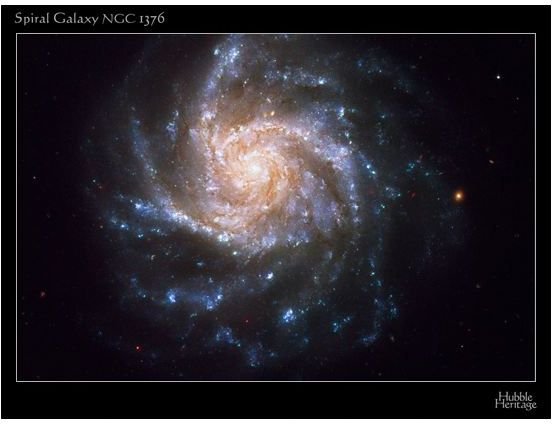
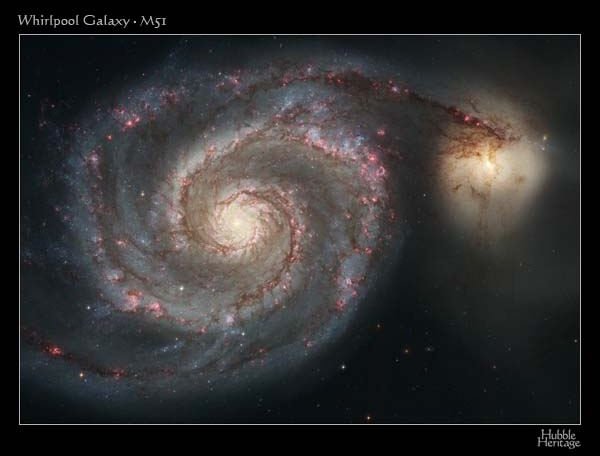
Many galaxies have no regular structure, and others often have odd or unusual forms. In many cases, Some galaxies collide with others but the space between the stars is so vast that they don’t interact.
At the center of the galaxy, many astronomers now believe that there is a black hole. This is observed by the use of x-ray telescopy where a large burst of x-ray or ultra-violet radiation are emanating from that central region. The black hole’s gravitational effect manages to keep part of the structure of the galaxy in place. Another aspect of the galaxy that keeps the gravitational effect in check it dark matter, which is mysterious because it’s makeup is not understood.
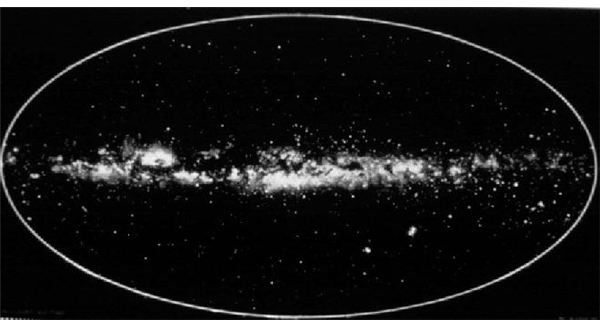
The Milky Way: https://www.astro.ucla.edu/~tanner/gcintro.html
BlackHoles in Galaxies
Black holes are concentrations of matter so intense that their gravitational field draws everything nearby onto them, stars, planets, and any other astronomical object. In fact, their gravitational field is so strong that if you shined a light on it, the light would not bounce back (as occurs when you shine a light on a dark wall). It would be absorbed, and you would know that it was there because of the absence of light coming from it, but only the light of objects surrounding it; hence the term black hole.
Black holes are the astronomers crazy aunt in the attic. It’s there, it makes it’s presence known, but how it got there is unclear. Where other parts of astronomy are clearly defined, for example the main sequence of star formation, the physics of black holes goes to the cosmology of the makeup of the universe. A black hole is a period in the middle of a sentence. Since it is a part of Einstein’s General Theory of Relativity (a theory of gravity), black holes violate the laws of physics.
A black hole has an event horizon and a singularity. The event horizon is the location that separates the normal space; the singularity is the internal part which compresses down so much that only a point is left. Inside the event horizon, matter or light cannot escape. It’s internal structure is not known because, the normal physics which occurs, can only occur before entering the event horizon.
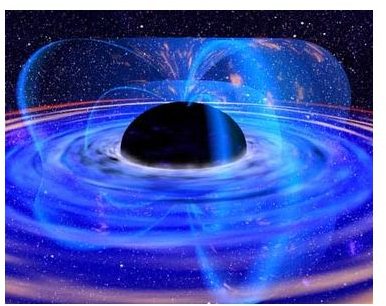
Black Hole: https://www.astro.ucla.edu/planetarium/graphics/st_images/BlackHole.jpg
Typically a black hole is formed if a star is between 3 and 4 solar masses bigger than our Sun. That the star will burn itself out and collapse onto itself and create a black hole is not guaranteed, but astronomers that have studied the energy from black hole areas find that the energy came from those types of massive star objects.
Summary
The largest objects in the Universe are Galaxies, they have the largest presence in a defined location, the smallest objects with an immense presence are black holes. Galaxies are easy to spot; black holes are hard to spot. Galaxies are made up of millions of stars; black holes are the remnants of one collapsed star. Galaxies form when millions of stars tug at each other with their gravitational pull. Black holes form when one star runs out of fuel (hydrogen or helium) and collapses onto itself. Thus, this is the correlation between black holes and galaxies.
This post is part of the series: Stars and Galaxies
In this series of articles we discuss how stars form, the various kinds, and how they lead up to galaxy formation. We also look for the largest known star in the visible universe.
